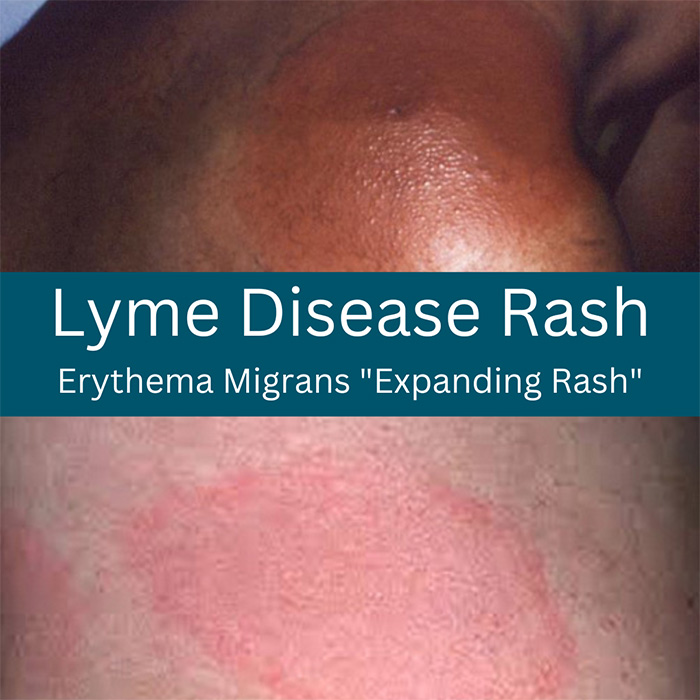 W e often hear the terms “erythema migrans” and “bull’s-eye rash” used interchangeably. But they are not necessarily the same thing.
W e often hear the terms “erythema migrans” and “bull’s-eye rash” used interchangeably. But they are not necessarily the same thing.
An erythema migrans, or EM, rash sometimes occurs when a person has been infected with Lyme disease. But not always.
And an EM rash is sometimes shaped like a bull’s-eye target—a red ring within another red ring, with a clear spot in the middle. But not always.
Unfortunately, misconceptions about these rashes can lead to people being told they don’t have Lyme disease when they actually do.
As a result, many cases of Lyme are missed in the early phase of illness when antibiotics are most effective.
Studying Lyme-related rashes
A new study reviewed the rashes of Lyme Disease Biobank participants enrolled through the Marshfield Clinic Health System in Wisconsin.
The study entitled The Spectrum of Erythema Migrans in Early Lyme Disease: Can We Improve Its Recognition? found that most EM rashes appear uniform in surface color, and shape. They may or may not have central darkness or clearing, and only rarely present with a “bull’s eye” or ring-within-a-ring pattern……….Join or login below to continue reading.




























